#james webb space telescope
Text
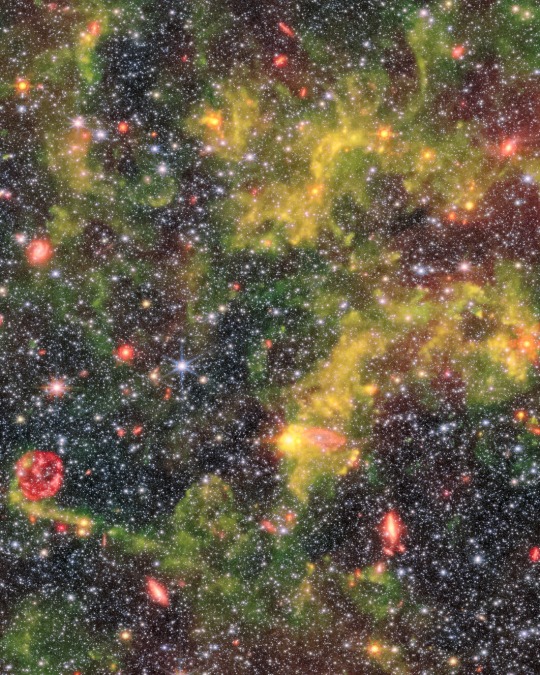
Gas-rich NGC 6822: Barnard's Galaxy © JWST
#galaxy#space#ngc 6822#astrophotography#stars#night sky#universe#solar system#nasa#jwst#webb#james webb space telescope#astronomy#planet#cosmos
230 notes
·
View notes
Text
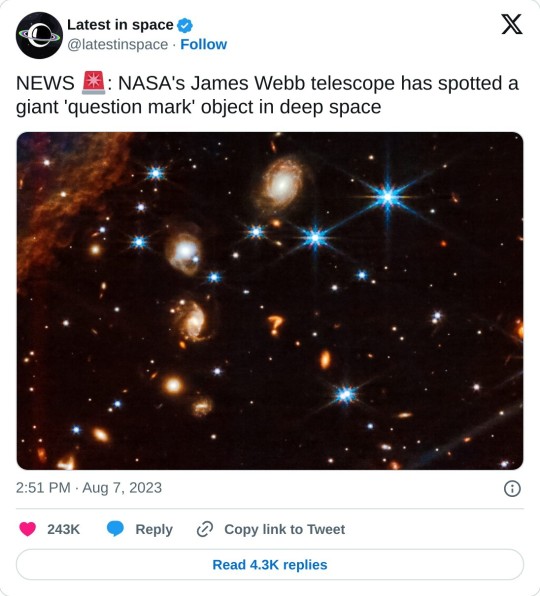
?
55K notes
·
View notes
Text
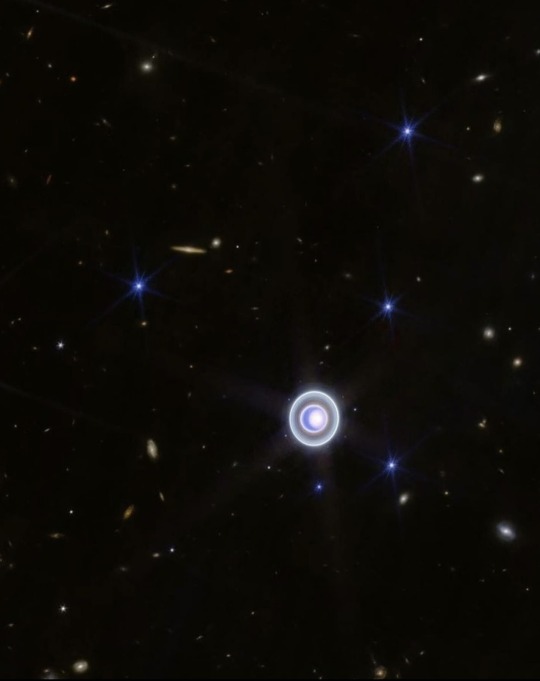

NASA’s new images of Uranus captured by James Webb Space Telescope (2024)
26K notes
·
View notes
Text

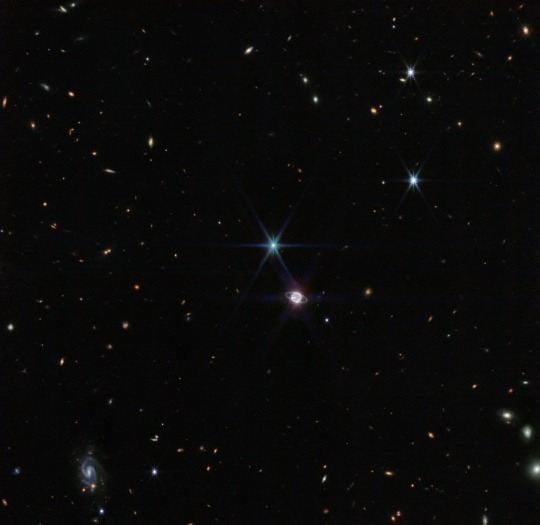

164K notes
·
View notes
Text



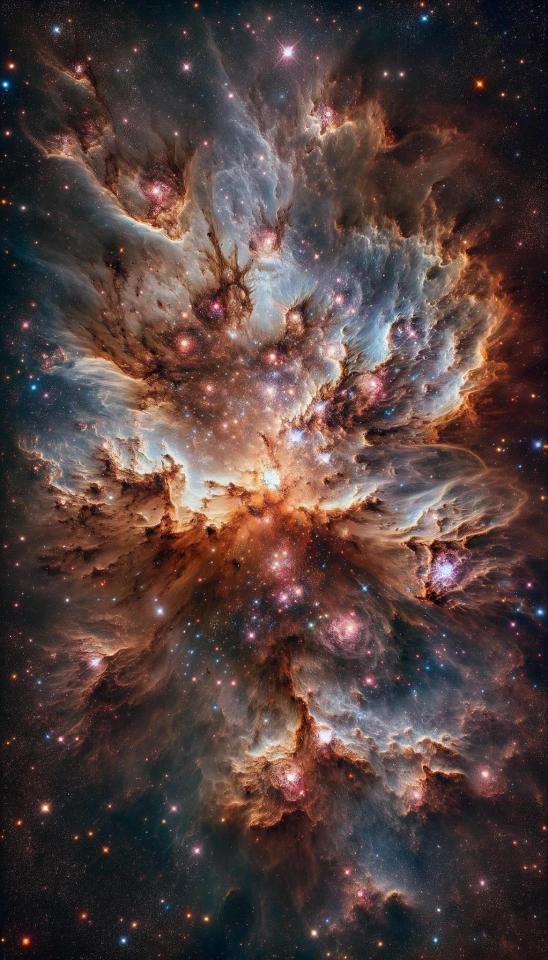
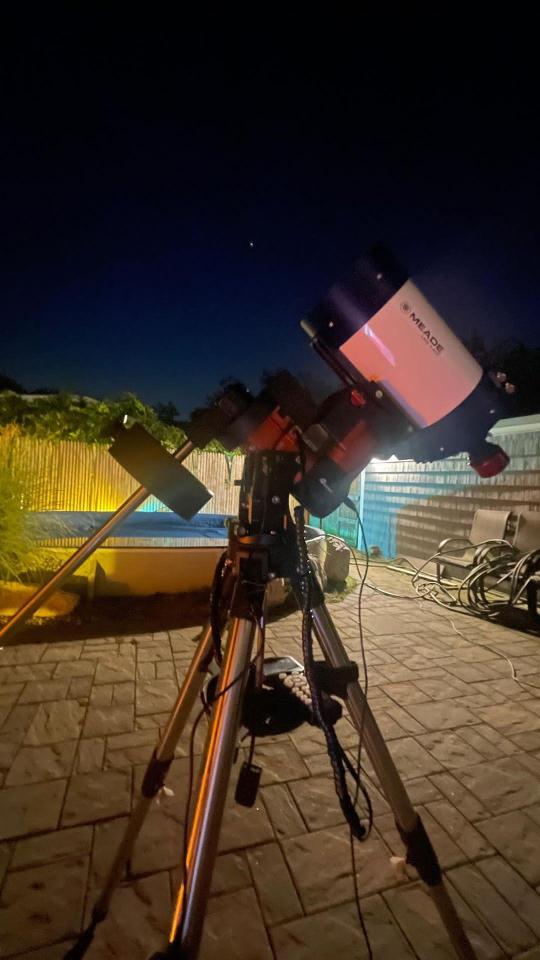
Think we're the only planet with life? 350mp quality. Remember to download to your phone and zoom in. Gets even more beautiful. Yes this is a nebula, yes I know there’s no life in a nebula. Of course these are not real photos. Duh!
#astronomers#astrophysics#astrophotography#astronomy#space station#hubble space telescope#james webb images#james webb#nasawebb#nasa#space photography#universe#astrology#astro observations#astro notes#asterion#telescope#james webb space telescope#mars planet#jupiter planet#saturn planet#planet#planets#space science#space#outer space#james webb space technology#space exploration#jet propulsion#i love astronomy
11K notes
·
View notes
Text
the new composite james webb image is so beautiful ive been staring at it for 10 minutes straight
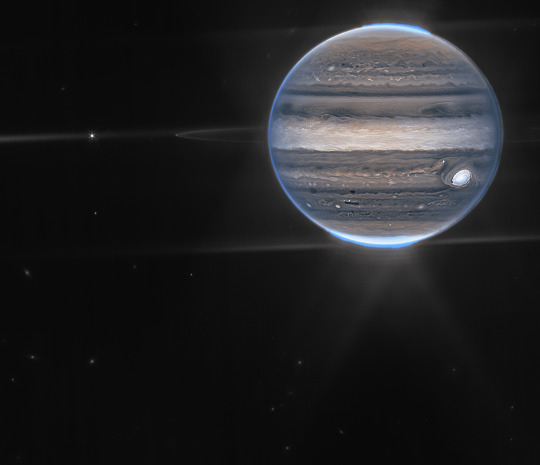
featuring jupiters rings, amalthea (along with a bunch of other moons), the northern and southern auroras, and the great red spot
EDIT: FAQs answered here
#jupiter#space#astronomy#outer space#jwst#james webb space telescope#planets#james webb#aspaceinthecosmos
77K notes
·
View notes
Text
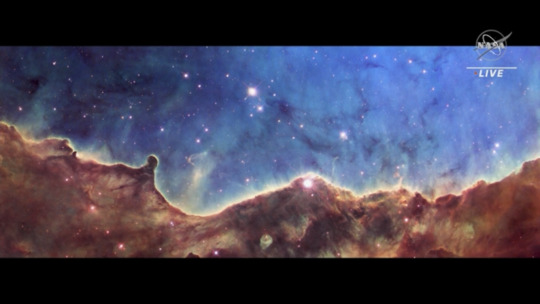
Hubble’s view of the Carina Nebula, from the 2007-2009 era I think?
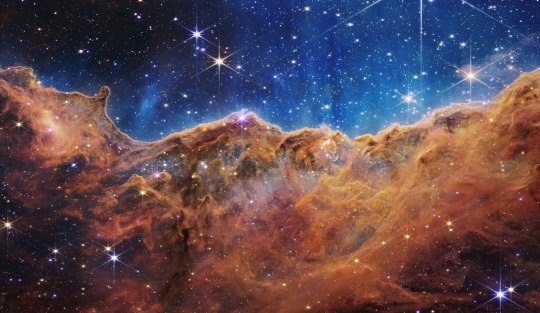
JWST’s view of the same nebula, July 12, 2022
#I LOVE SIDE BY SIDES SO MUCH#space#science#nasa#james webb space telescope#Hubble#CLICK ON THE SECOND PIC AND ZOOM IN ITS WORTH IT I PROMISE#best of
62K notes
·
View notes
Text
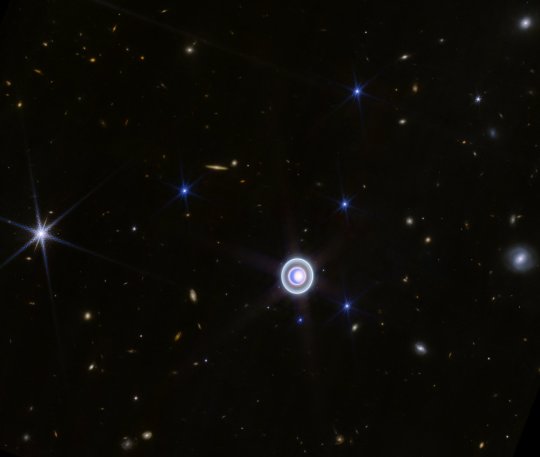
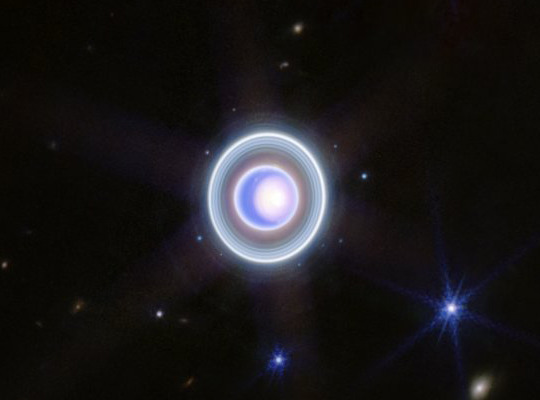

Uranus, its rings and moons © JWST
#uranus#webb#JWST#space#astrophotography#universe#sky#night#james webb space telescope#astronomy#planets#solar system#nasa#cosmos#galaxy
7K notes
·
View notes
Text
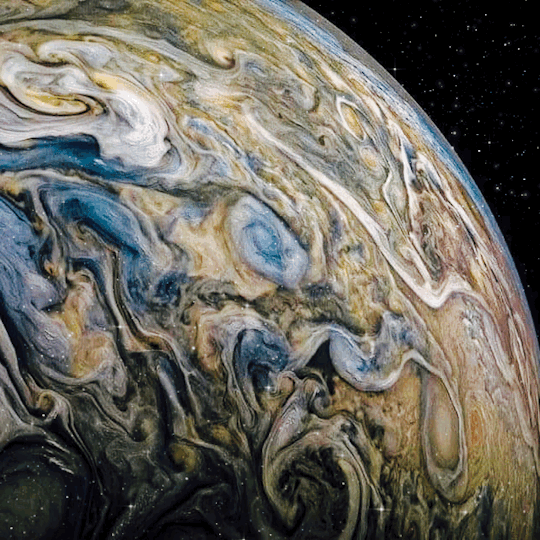

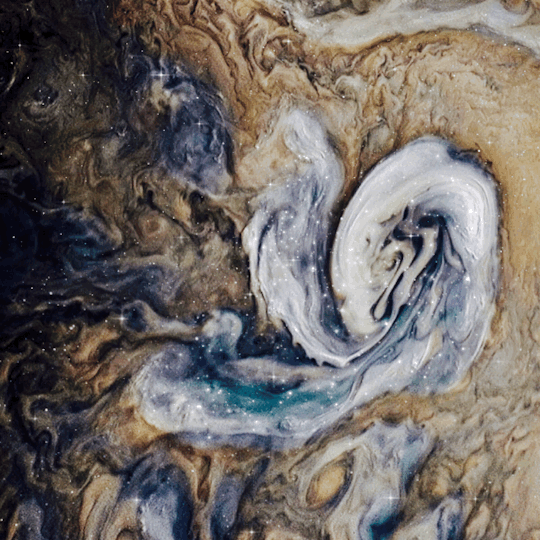
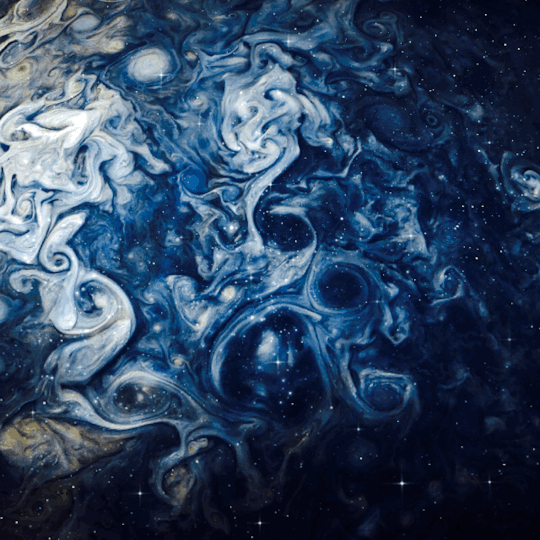
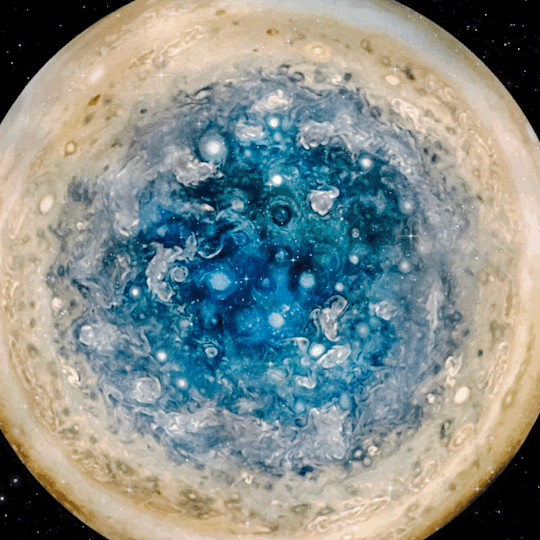

✨The Beauty of Jupiter ✨
#gifs (edits) made by me :)#assassin1513#space#space vibes#space aesthetic#jupiter#planet#planets#james webb#james webb first full colour image#james webb space telescope#james webb update#james webb deepest sharpest view of universe#webb#james webb telescope#james webb images#solar system#astrology#astronomy#nasa#beyond the stars#stars#infinity#jupiter planet#glitter#outer space#void#space art#magic#vincent van gogh
52K notes
·
View notes
Text
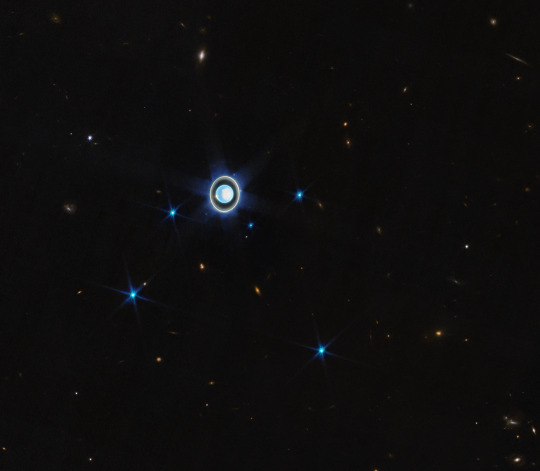
First image of Uranus and its 5 brightest moons taken by the James Webb Space Telescope.
#galaxies#uranus#jwst images#photography#nature#landscape#nature photography#landscape photography#art#curators on tumblr#aesthetic#green#naturecore#jwst#james webb telescope#james webb space telescope#james webb#space#outer space#astronomy#planets#universe#nasa
4K notes
·
View notes
Text
The James Webb Space Telescope has released new images of Jupiter.

#jupiter#space#astronomy#astrophotography#universe#galaxy#astronout#galaxies#nasa#astro#jupeter#astrology#telescope#james webb space telescope#james webb telescope#james webb images#james webb space technology#james webb photos#planet#planets#solar system#astrologer#astroloji#nasa breaking news#nasa picture of the day#astrophysics
3K notes
·
View notes
Photo
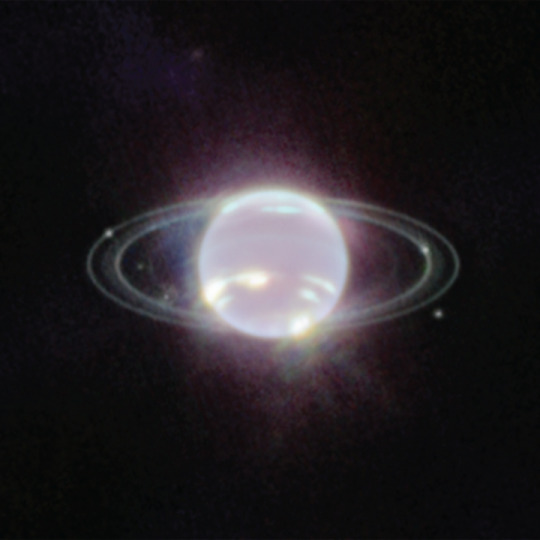

Neptune, 2022 & Uranus 2023
NASA’s James Webb Space Telescope
8K notes
·
View notes
Text
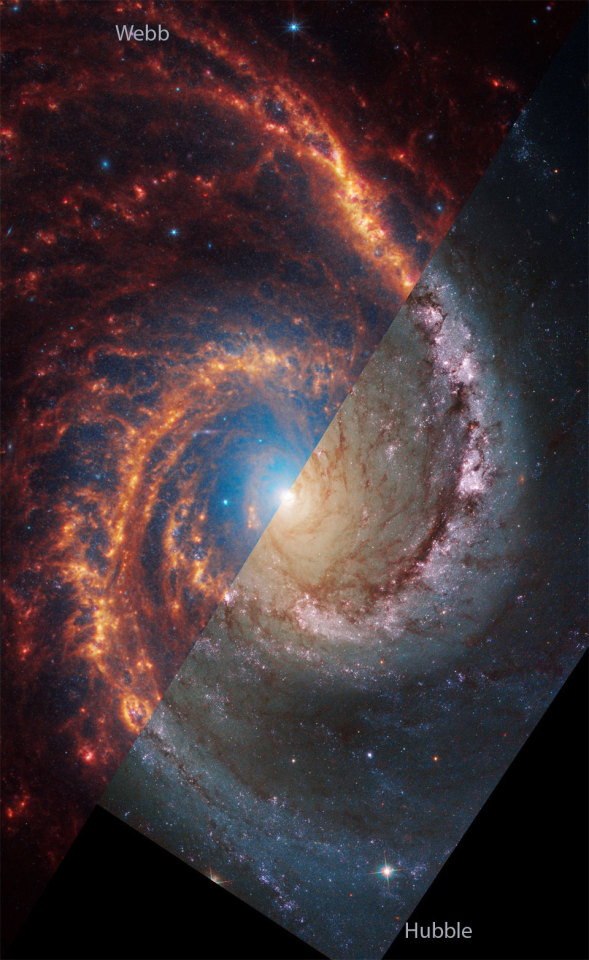



Spiral Galaxies from Webb & Hubble: NGC 1566 4303 3351
#nasa#webb#hubble telescope#space#astrophotography#astronomy#james webb space telescope#universe#apod#ngc 1566#galaxy#spiral galaxy#planets#stars#sky#solar system
1K notes
·
View notes
Text

Volcanoes on Jupiter's moon Io keep erupting. To investigate, NASA's robotic Juno spacecraft has begun a series of visits to this very strange moon. Io is about the size of Earth's moon, but because of gravitational flexing by Jupiter and other moons, Io's interior gets heated and its surface has become covered with volcanoes. The featured image is from last week's flyby, passing within 12,000 kilometers above the dangerously active world. The surface of Io is covered with sulfur and frozen sulfur dioxide, making it appear yellow, orange and brown. As hoped, Juno flew by just as a volcano was erupting -- with its faint plume visible near the top of the featured image.
Image Credit: NASA, JPL-Caltech, SwRI, MSSS; Processing: Ted Stryk & Fernando García Navarro
2K notes
·
View notes
Text
Orion Nebula

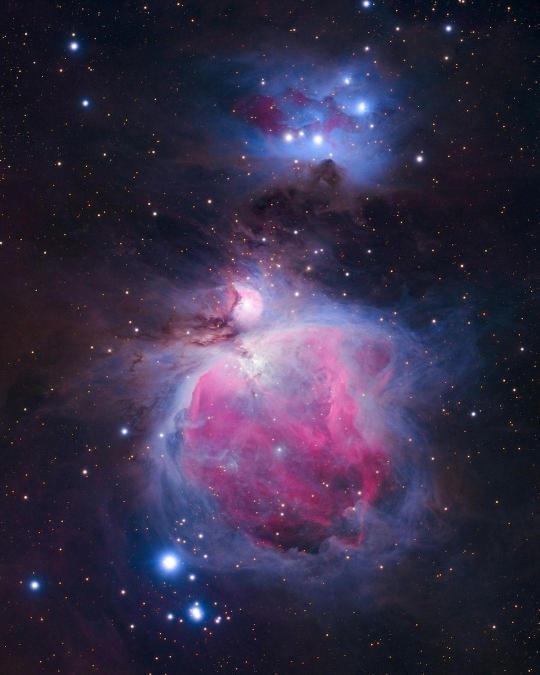

Orion Nebula
#astronomy#nasa#universe#astronomers#nasa photos#astrophysics#astrography#orion#orion nebula#nebula#astrology#astrophotography#astro observations#astro notes#astro community#nasa picture of the day#nasawebb#hubble space telescope#telescope#james webb space telescope#jwst images#sky#beautiful photos#space station#space science#space exploration#outer space#space#james webb space technology#space photography
1K notes
·
View notes
Text
NASA Inspires Your Crafty Creations for World Embroidery Day
It’s amazing what you can do with a little needle and thread! For #WorldEmbroideryDay, we asked what NASA imagery inspired you. You responded with a variety of embroidered creations, highlighting our different areas of study.
Here’s what we found:
Webb’s Carina Nebula
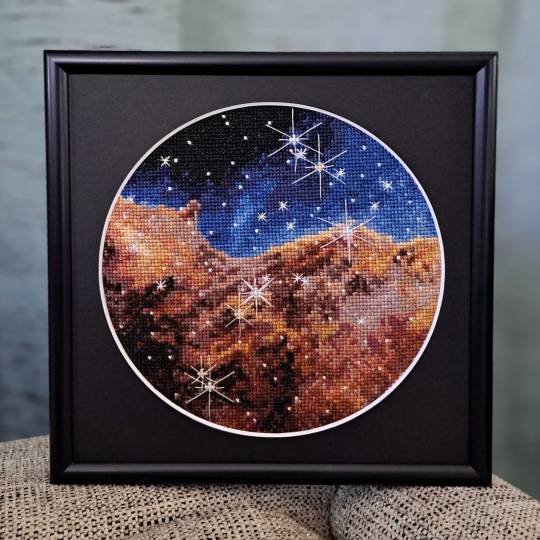
Wendy Edwards, a project coordinator with Earth Science Data Systems at NASA, created this embroidered piece inspired by Webb’s Carina Nebula image. Captured in infrared light, this image revealed for the first time previously invisible areas of star birth. Credit: Wendy Edwards, NASA. Pattern credit: Clare Bray, Climbing Goat Designs
Wendy Edwards, a project coordinator with Earth Science Data Systems at NASA, first learned cross stitch in middle school where she had to pick rotating electives and cross stitch/embroidery was one of the options. “When I look up to the stars and think about how incredibly, incomprehensibly big it is out there in the universe, I’m reminded that the universe isn’t ‘out there’ at all. We’re in it,” she said. Her latest piece focused on Webb’s image release of the Carina Nebula. The image showcased the telescope’s ability to peer through cosmic dust, shedding new light on how stars form.
Ocean Color Imagery: Exploring the North Caspian Sea
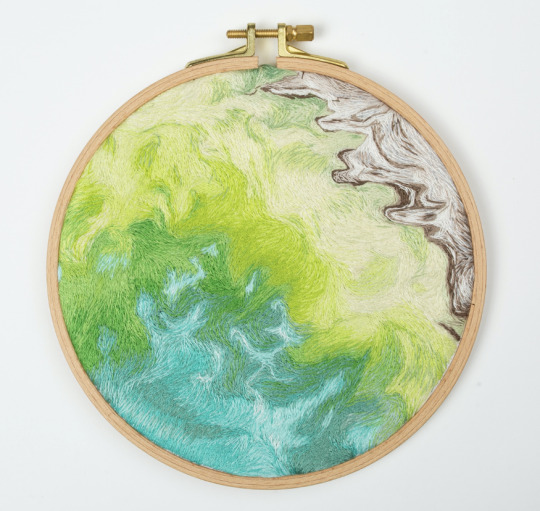
Danielle Currie of Satellite Stitches created a piece inspired by the Caspian Sea, taken by NASA’s ocean color satellites. Credit: Danielle Currie/Satellite Stitches
Danielle Currie is an environmental professional who resides in New Brunswick, Canada. She began embroidering at the beginning of the Covid-19 pandemic as a hobby to take her mind off the stress of the unknown. Danielle’s piece is titled “46.69, 50.43,” named after the coordinates of the area of the northern Caspian Sea captured by LandSat8 in 2019.

An image of the Caspian Sea captured by Landsat 8 in 2019. Credit: NASA
Two Hubble Images of the Pillars of Creation, 1995 and 2015
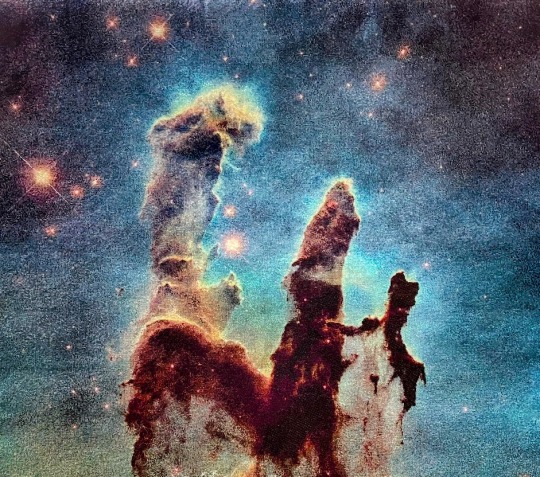
Melissa Cole of Star Stuff Stitching created an embroidery piece based on the Hubble image Pillars of Creation released in 1995. Credit: Melissa Cole, Star Stuff Stitching
Melissa Cole is an award-winning fiber artist from Philadelphia, PA, USA, inspired by the beauty and vastness of the universe. They began creating their own cross stitch patterns at 14, while living with their grandparents in rural Michigan, using colored pencils and graph paper. The Pillars of Creation (Eagle Nebula, M16), released by the Hubble Telescope in 1995 when Melissa was just 11 years old, captured the imagination of a young person in a rural, religious setting, with limited access to science education.

Lauren Wright Vartanian of the shop Neurons and Nebulas created this piece inspired by the Hubble Space Telescope’s 2015 25th anniversary re-capture of the Pillars of Creation. Credit: Lauren Wright Vartanian, Neurons and Nebulas
Lauren Wright Vartanian of Guelph, Ontario Canada considers herself a huge space nerd. She’s a multidisciplinary artist who took up hand sewing after the birth of her daughter. She’s currently working on the illustrations for a science themed alphabet book, made entirely out of textile art. It is being published by Firefly Books and comes out in the fall of 2024. Lauren said she was enamored by the original Pillars image released by Hubble in 1995. When Hubble released a higher resolution capture in 2015, she fell in love even further! This is her tribute to those well-known images.
James Webb Telescope Captures Pillars of Creation

Darci Lenker of Darci Lenker Art, created a rectangular version of Webb’s Pillars of Creation. Credit: Darci Lenker of Darci Lenker Art
Darci Lenker of Norman, Oklahoma started embroidery in college more than 20 years ago, but mainly only used it as an embellishment for her other fiber works. In 2015, she started a daily embroidery project where she planned to do one one-inch circle of embroidery every day for a year. She did a collection of miniature thread painted galaxies and nebulas for Science Museum Oklahoma in 2019. Lenker said she had previously embroidered the Hubble Telescope’s image of Pillars of Creation and was excited to see the new Webb Telescope image of the same thing. Lenker could not wait to stitch the same piece with bolder, more vivid colors.
Milky Way

Darci Lenker of Darci Lenker Art was inspired by NASA’s imaging of the Milky Way Galaxy. Credit: Darci Lenker
In this piece, Lenker became inspired by the Milky Way Galaxy, which is organized into spiral arms of giant stars that illuminate interstellar gas and dust. The Sun is in a finger called the Orion Spur.
The Cosmic Microwave Background
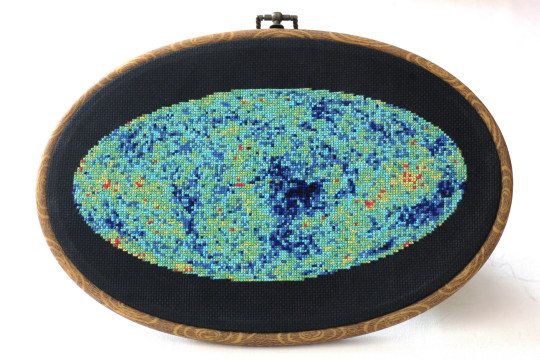
This image shows an embroidery design based on the cosmic microwave background, created by Jessica Campbell, who runs Astrostitches. Inside a tan wooden frame, a colorful oval is stitched onto a black background in shades of blue, green, yellow, and a little bit of red. Credit: Jessica Campbell/ Astrostitches
Jessica Campbell obtained her PhD in astrophysics from the University of Toronto studying interstellar dust and magnetic fields in the Milky Way Galaxy. Jessica promptly taught herself how to cross-stitch in March 2020 and has since enjoyed turning astronomical observations into realistic cross-stitches. Her piece was inspired by the cosmic microwave background, which displays the oldest light in the universe.

The full-sky image of the temperature fluctuations (shown as color differences) in the cosmic microwave background, made from nine years of WMAP observations. These are the seeds of galaxies, from a time when the universe was under 400,000 years old. Credit: NASA/WMAP Science Team
GISSTEMP: NASA’s Yearly Temperature Release

Katy Mersmann, a NASA social media specialist, created this embroidered piece based on NASA’s Goddard Institute for Space Studies (GISS) global annual temperature record. Earth’s average surface temperature in 2020 tied with 2016 as the warmest year on record. Credit: Katy Mersmann, NASA
Katy Mersmann is a social media specialist at NASA’s Goddard Space Flight Center in Greenbelt, Md. She started embroidering when she was in graduate school. Many of her pieces are inspired by her work as a communicator. With climate data in particular, she was inspired by the researchers who are doing the work to understand how the planet is changing. The GISTEMP piece above is based on a data visualization of 2020 global temperature anomalies, still currently tied for the warmest year on record.
In addition to embroidery, NASA continues to inspire art in all forms. Check out other creative takes with Landsat Crafts and the James Webb Space telescope public art gallery.
Make sure to follow us on Tumblr for your regular dose of space!
#NASA#creativity#fiber art#embroidery#art#art challenge#needlework#crafts#handmade#textile art#cross stitch#stitching#inspiration#inspo#Earth#Earth science#Hubble#James Webb Space Telescope#climate change#water#nebula#stars
6K notes
·
View notes